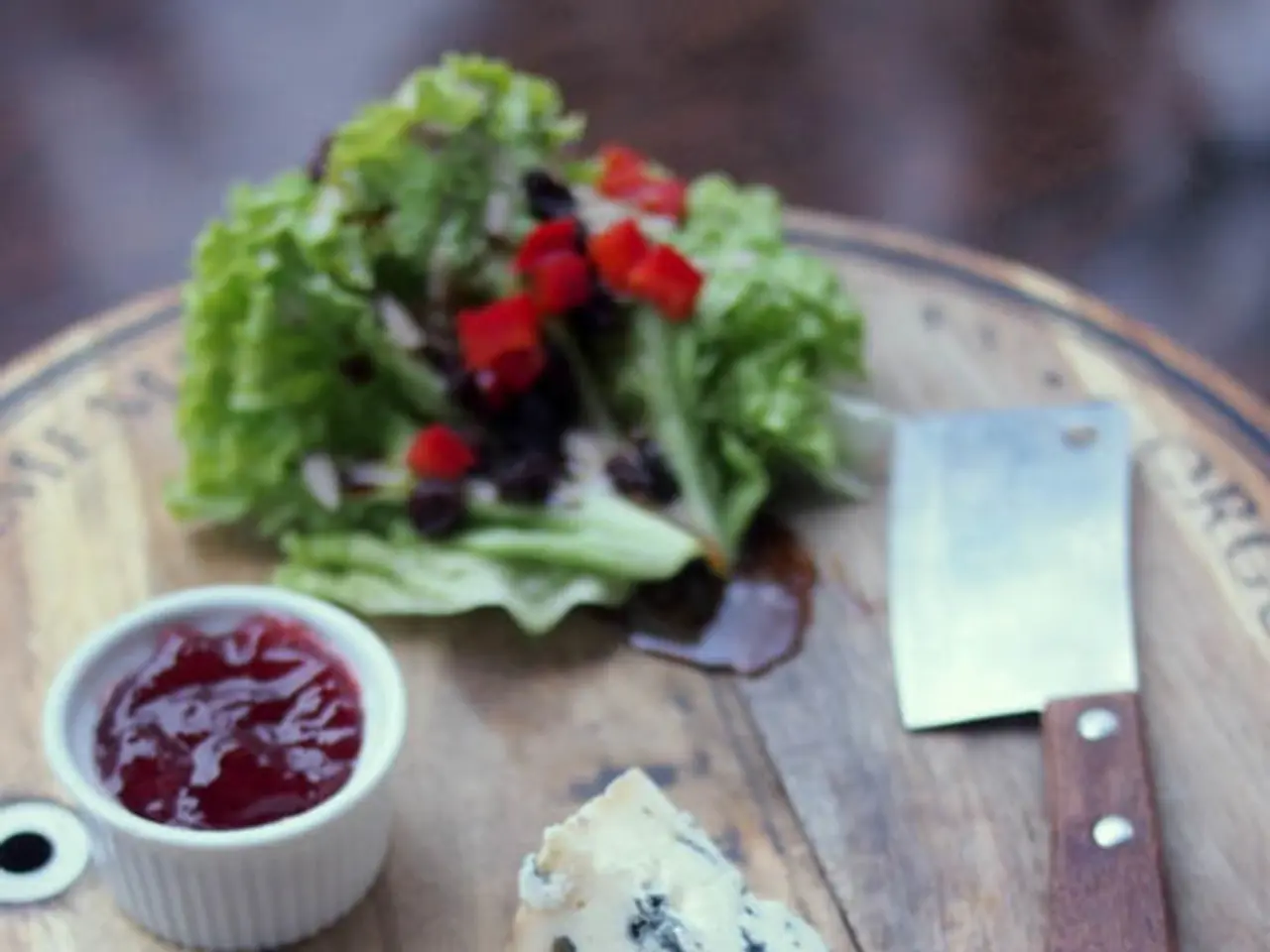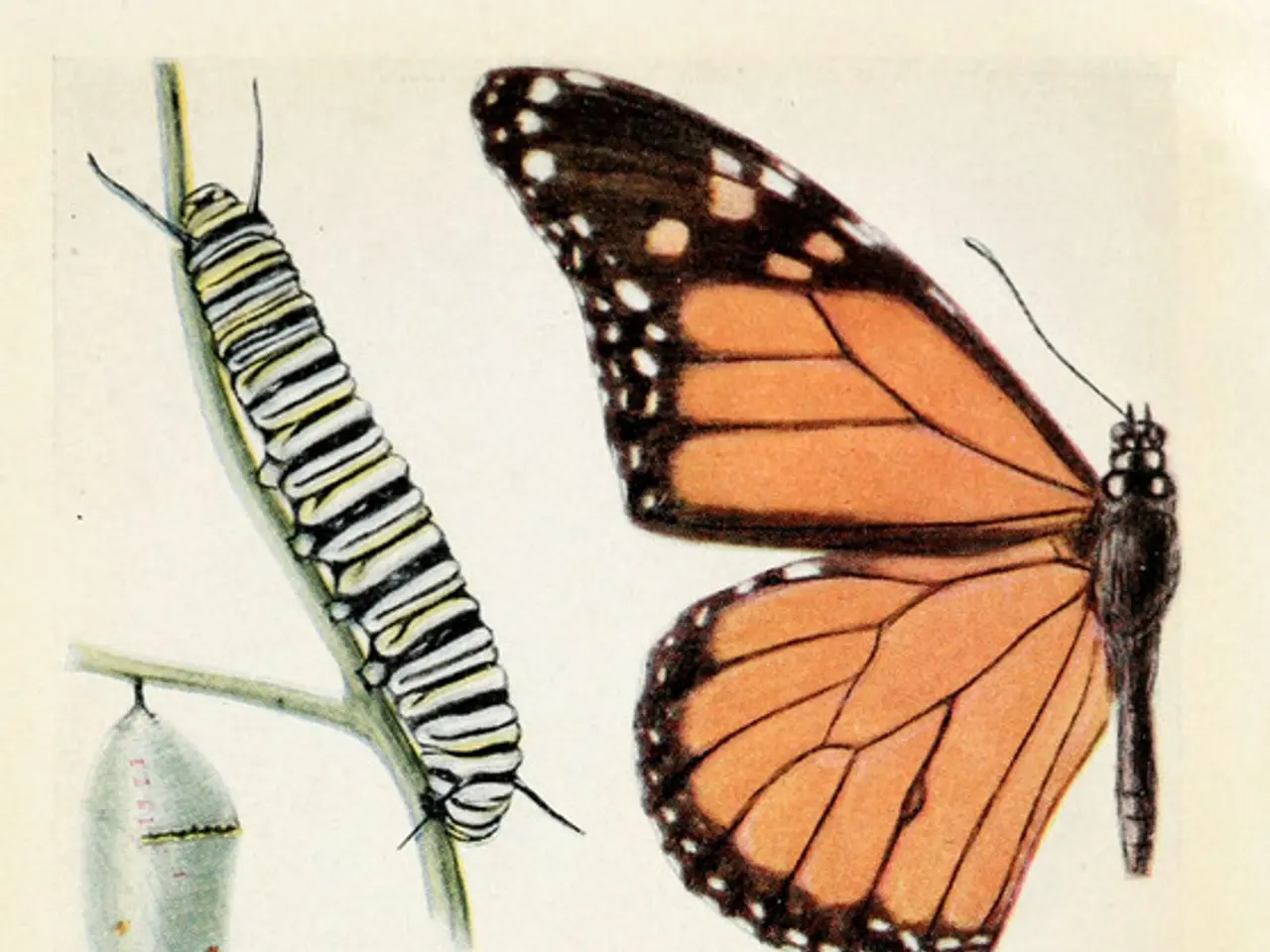Bavarian Artisans Foster Optimism - Artisanal crafts of Bavaria offer renewed optimism
Bavarian Craft Industry Faces Challenges in 2021, but Shows Signs of Resilience
The Bavarian craft industry is currently experiencing a decline in revenue, with a 2.9% drop in the first half of 2021, according to recent reports. This decline, caused by disrupted supply chains, lower consumer spending, or lockdowns, reflects the ongoing challenges amid the COVID-19 pandemic and economic fluctuations.
Despite the revenue decrease, the broader European high-end and luxury sectors, including crafts, have shown resilience and growth potential in recent years. European high-end and luxury industries contributed about €410 billion to EU gross value added and showed strong employment growth since 2019, despite the pandemic. Forecasts expect global high-end and luxury markets to continue growth, potentially reaching €2,000-2,500 billion by 2030.
These optimistic medium- to long-term market prospects suggest that the Bavarian craft industry could benefit if recovery and growth trends continue. However, reliable detailed forecasts specifically projecting the full-year 2021 revenue for the Bavarian craft sector were not found in the current search results.
In a positive note, the Bavarian Crafts Day (BHT) managed director Frank Hupers reported a 3.6% increase in new training contracts in Bavarian crafts by the middle of the year, compared to last year. The increase in apprenticeships is significant, with Vietnam becoming the second most important third country for apprentices in Bavarian crafts, with an increase of more than 250% compared to the previous year.
The construction industry, food industry, and crafts for private use were particularly affected by staff cuts, with 14% of surveyed companies reporting a decrease in employment in the second quarter. However, the health industry saw an increase of 9 percentage points in the survey, according to Peteranderl, president of the BHT.
In the BHT economic survey, 83 percent of businesses rated their economic situation as "good" or "satisfactory," which is a two percentage point increase from last year. Despite the economy picking up in the second half of the year, the Bavarian craft industry will not see real revenue growth this year due to the weak start.
Franz Xaver Peteranderl, president of the BHT, stated that many businesses in the industry are hopeful. According to Peteranderl, the craft industry's economic downturn may have reached its lowest point this summer. The survey indicates 11% of surveyed companies reported an increase in employment in the second quarter, while almost 91% of Vietnamese apprentices work in the food industry, such as bakeries or butcher shops.
In conclusion, while the Bavarian craft industry is currently facing challenges, the resilience shown by the broader European high-end and luxury sectors offers hope for recovery and growth in the medium to long term. For deeper insight into Bavaria’s craft segment forecast for 2021, specialized industry reports or Bavarian economic data sources would be the best next step.
- To ensure sustainable growth and resilience for Bavarian craft businesses in the face of ongoing challenges, implementing comprehensive community and employment policies may become essential.
- With the positive economic outlook for the global high-end and luxury markets, securing appropriate financing will be crucial for the Bavarian craft industry to capitalize on these future opportunities within the business sector.




